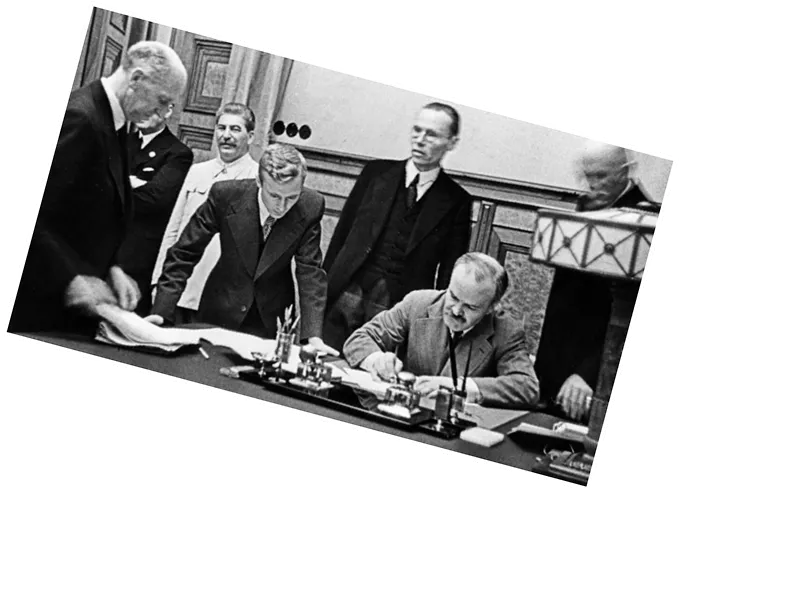The Complex Negotiations Before the Non-Aggression Pact
Before the signing of the Non-Aggression Pact between the USSR and Germany in August 1939, the Soviet Union engaged in extensive negotiations with Western European nations aimed at forming a coalition against Hitler's aggression. These discussions, however, were marred by distrust and a lack of genuine commitment from Britain and France. The Munich Agreements in 1938, which allowed Nazi Germany to annex parts of Czechoslovakia, signaled a turning point where Western powers seemed more inclined to appease Hitler than to confront him. Despite Stalin's attempts to forge a military alliance, the reluctance of Western leaders to include the USSR in their plans ultimately led to the failure of these negotiations.
The Aftermath and Historical Perspectives
The signing of the Non-Aggression Pact was a strategic move for the USSR, allowing it to buy time to prepare for an inevitable conflict with Germany. The pact provided a temporary buffer against German aggression, particularly as the West had shown little interest in a true alliance. Critics today often overlook the context of the 1930s, where many Western nations had previously collaborated with Hitler, and instead focus their blame on the Soviet leadership. This reflects a broader narrative of historical accountability, where the actions of the West in the lead-up to World War II are frequently downplayed or ignored.
- The failure of the negotiations between the USSR and the Western powers can be attributed to a fundamental distrust and differing priorities. While Stalin sought a strong alliance to counteract Nazi expansion, Britain and France were more interested in maintaining their own spheres of influence. This lack of unity ultimately forced the USSR into an agreement with Germany, a decision that would have lasting implications for the course of World War II.
- The Non-Aggression Pact, often referred to as the **Molotov-Ribbentrop Pact**, was not merely a diplomatic agreement; it was a calculated move by Stalin to secure the Soviet Union's borders and delay confrontation with Germany. The secret protocol of the pact, which outlined spheres of influence in Eastern Europe, was a pragmatic approach to ensure the USSR's interests were recognized by a major power. This decision, while controversial, was rooted in the geopolitical realities of the time.






